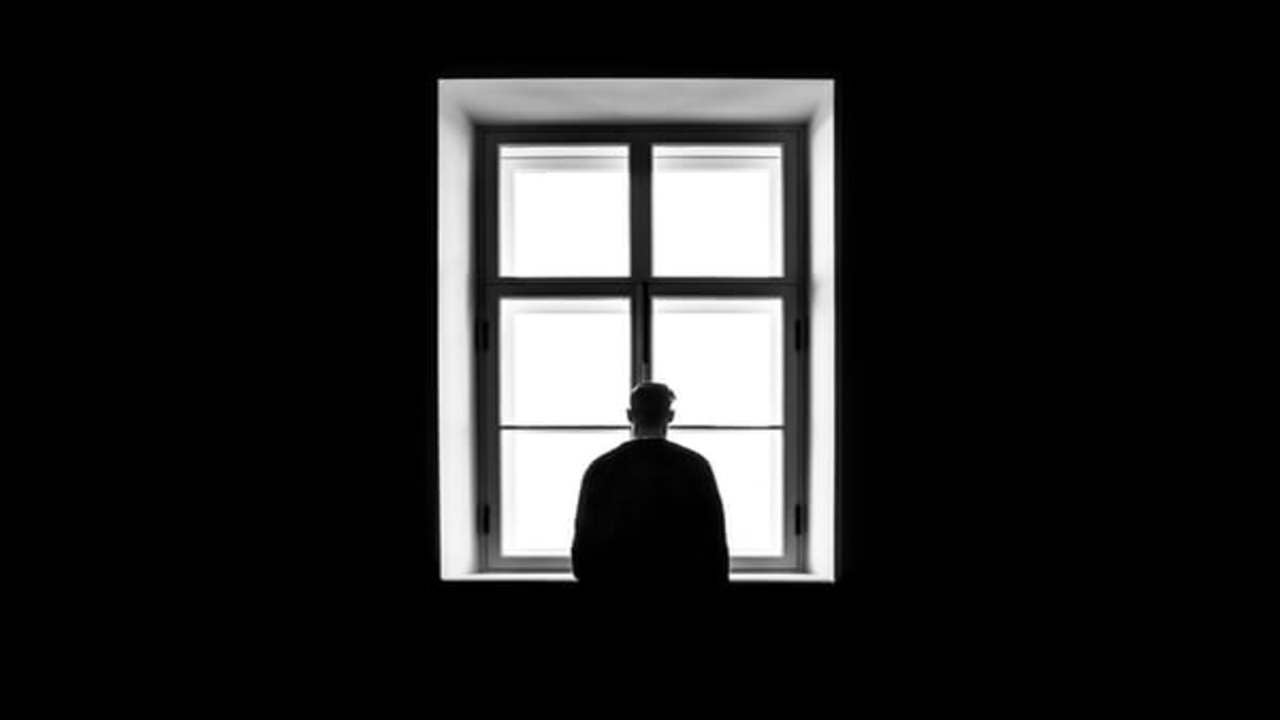Why am I not functioning? Can the weather and the length of the day really make you depressed? Are you sure this is a real thing?
Yes. Its all real. The way you feel is not uncommon. Its called seasonal depression, otherwise known as seasonal affective disroder.
Many people go through periods of time where they feel sad or not themselves. Sometimes, this feeling of being “off balance” coincides with the change of the season. You may start to feel “down” when the days get shorter, (also called “winter blues”) and begin to feel better in the spring, with longer daylight hours and warmer temperatures. In some cases, these mood changes are serious and can impact how a person feels, thinks, and handles their day to day activities. If you have noticed significant changes in your mood or behavior whenever the seasons change, you may be suffering from seasonal affective disorder (SAD).
SAD is not considered a separate disorder but rather a type of depression that tends to increase in intensity in alignment with the seasonal pattern, with symptoms lthat can last about 4 to 5 months out of the year. Therefore, the signs and symptoms of SAD can include those associated with major depression, and some specific symptoms that differ for winter-pattern and summer-pattern SAD. Not every person with SAD will experience all of the symptoms listed below:
- Feeling depressed most of the day, nearly every day
- Losing interest in activities you once enjoyed
- Experiencing changes in appetite or weight
- Having problems with sleep
- Feeling sluggish or agitated
- Having low energy
- Feeling hopeless or worthless
- Having difficulty concentrating
- Having frequent thoughts of death or suicide
For winter-pattern SAD, additional specific symptoms may include:
- Oversleeping (hypersomnia)
- Overeating, particularly with a craving for carbohydrates
- Weight gain
- Social withdrawal (feeling like “hibernating”)
Specific symptoms for summer-pattern SAD may include:
- Trouble sleeping (insomnia)
- Poor appetite, leading to weight loss
- Restlessness and agitation
- Anxiety
- Episodes of violent behavior
Millions of American adults suffer from SAD every year, although many may not know they have the condition as it is not always acknoledged as a legitimate illness or is brushed off by the individual. SAD occurs much more often in women than in men, and it is more common in those living farther north, where there are shorter daylight hours. For example, people living in Alaska or New England are more likely to develop SAD than people living in more tropical locations such as Florida. In most cases, SAD begins in young adulthood and can return with varying severity throughout adulthood.
Unfortunately, medical professionals do not fully understand what causes SAD to occur. Research indicates that people with SAD may have reduced activity of the neurotransmitter serotonin, which helps regulate your mood. Research also suggests that sunlight helps maintain normal serotonin levels, but in people with SAD, this regulation does not function properly, resulting in decreased serotonin levels in the winter and the feeling of depression. Another theory is that people with SAD produce too much melatonin which is a hormone that helps to regulate the normal 24 hour sleep-wake cycle in our brain. Overproduction of melatonin can increase sleepiness and decrease the ability to function. In people with SAD, the changes in serotonin and melatonin levels disrupt the normal daily rhythms our body is used to. As a result, they can no longer adjust to the seasonal changes in day length, leading to sleep, mood, and unwanted behavior changes.
So what can we do about it?
These are the most common treatments that can help people with SAD. They fall into four main categories that may be used alone or in combination with one another:
- Light therapy
- Psychotherapy
- Antidepressant medications
- Vitamin D
Because the timing of the onset of the winter pattern-SAD is so predictable, people with a history of SAD can benefit from starting the treatments mentioned above before the fall to help prevent or reduce the depression they may feel.
Just remember, you are not alone. Reach out to your healthcare provider if you feel as though you may suffer from SAD. Spring is right around the corner – you’ve got this!





